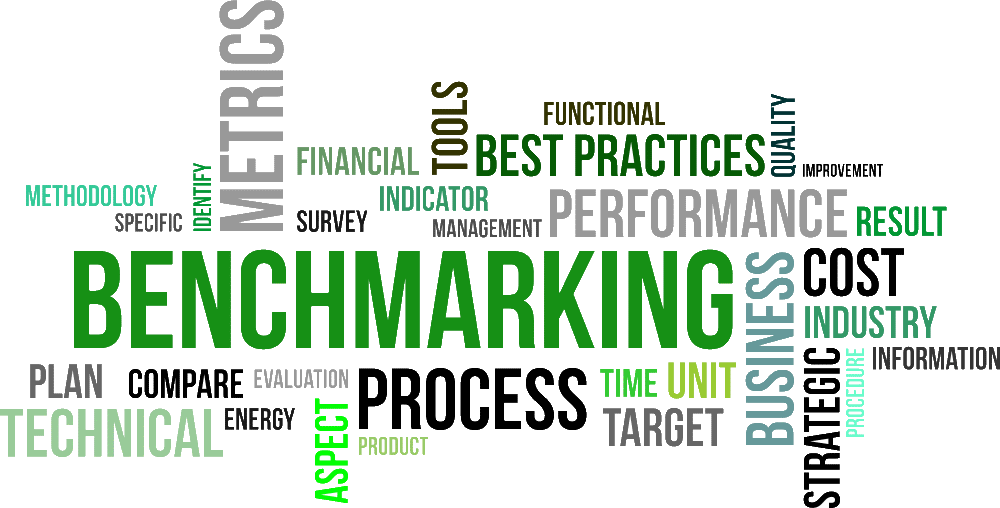IMRRA's Vessel Risk Assessment Methodology
Traffic light vessel risk rating Scores − marinerating.com's simple to use Red/Amber/Green risk ratings are based on the following definitions.
 1. Static Risk Factors are criteria that does not significantly vary over time and are strongly associated with longer-term vessel safety performance.
1. Static Risk Factors are criteria that does not significantly vary over time and are strongly associated with longer-term vessel safety performance.
- Vessel Age
- Vessel construction and Builder
- Vessel particulars
2. Dynamic Risk Factors Critical for risk ratings, these arise from safety risk events, their frequency, and severity. These are very strongly associated with recent events over the past 3-years.
- Port State Control inspections deficiencies & detentions
- Casualty & Incident History
- Class, Flag, Ownership and P&I changes
- Movement History − Trading Areas. Port calls in high risk piracy or smuggling zones
- Crew matrix − how long have the crew the operated vessel? What nationality are they?
- Vessel Operator Risk Profile
- Ships Certificates
- Surveys
- Unscheduled repairs
- Crew and Terminal feedback
- Sanctions
3. Verified Risk Factors additional information from the results of physical vessel inspections, and are always recommended to complete a vessel’s risk rating profile.
The multi-methods methodology (qualitative & quantitative) for collecting and analyzing allows each key risk factor to be comprehensively evaluated and given a numerical weighting.
By embracing blockchain technology, IMRRA ensures the vessel risk rating to be a trusted tool for marine risk management as the technology ensures, via the date stamp on the data record, that the vessel data information cannot be lost, retrospectively corrupted, nor can be manipulated by third parties. The technology is also resistant to outages, and ensures vessel data records are not disclosed to unauthorized individuals or entities.
Risk evaluation of 20,000 vessel per year requires a significant amount of commercially sensitive data to be analyzed while completing each vessel risk rating report. Implementation of Open-Source Intelligence and blockchain ensures an increased security, transparency as well as accurate and consistent safety data used for calculating risk ratings.
IMRRA Vessel Risk Assessment Methodology is based on a function of several variables reflecting the statistical data. IMRRA utilizes the method of regression analysis, that is the law of large numbers where "the average of a large number of independent measurements of a random quantity tends toward the theoretical average of that quantity", resulting in increasing accuracy with data accumulated.
Risk assessment is an essential part of many general risk management systems. It is a process of quantitative and qualitative determination of risk magnitude.
Risk rating (%) is a risk classification with quantitative and qualitative indicators, interpolated through comparing the static, dynamic and verified risk factors of a ship directly related to safety and security.
IMRRA implements the Fractal Theory to increase the reliability of forecasting risks and threats. Using the principle of fractal theory opens up new possibilities in modelling risk assessment processes. The key point is the self-development of the fractal, as a mathematical object, which is most consistent with the systemic nature of the processes occurring under conditions of nonlinear dynamics of the external and internal environments.
The method assumes that all the factors are equally important.
However, the division of Risk Factors enables us to weigh and emphasize the factors that are more significant for risk assessment, and identify the key "driving" factors that are controlling the result
The Risk Rating is a calculated number that results from a sum of four basic functions:
G(A)=(F1(A)*B1+F2(A)*B2+F3(A)*B3+F4(A)*B4)/(B1+B2+B3+B4)
F1 = (a1*b1+a2*b2+...+an*bn)/(b1+...+bn) (weighted average on all key factors)
F2 = a1C1+..+anCn+C0 (correlation of key factors with other factors)
F3 = (a1b1a2b2...anbn)1/(b1+b2+...bn) (geometric mean used for verification of factors)
F4 = 1-(1-a1)(1-a2)(1-a3)...(1-an) (levels of confidence for dependent variables)
Where Ci form a vector equal to (XTX)-1XY, where X is the matrix formed by the input data for all data samplings, and the vector Y is formed from the corresponding results of data verification
IMRRA's risk ratings determines the likelihood of the ship is safe enough to continue working, or whether additional control measures are required to eliminate the risks.
What does a high risk red rated vessel look like?
Discover the new 'Vessel Intelligence’ section highlighting risk issues. Follow the evidence for the high-risk vessel prior to ship arrest. Review how the vessel’s operational history indicated a higher possible risk for Drug trafficking, Illegal immigration, Terrorist Threats, Radioactive contamination and US sanctions etc.
Sample Red Vessel Risk Rating Report
